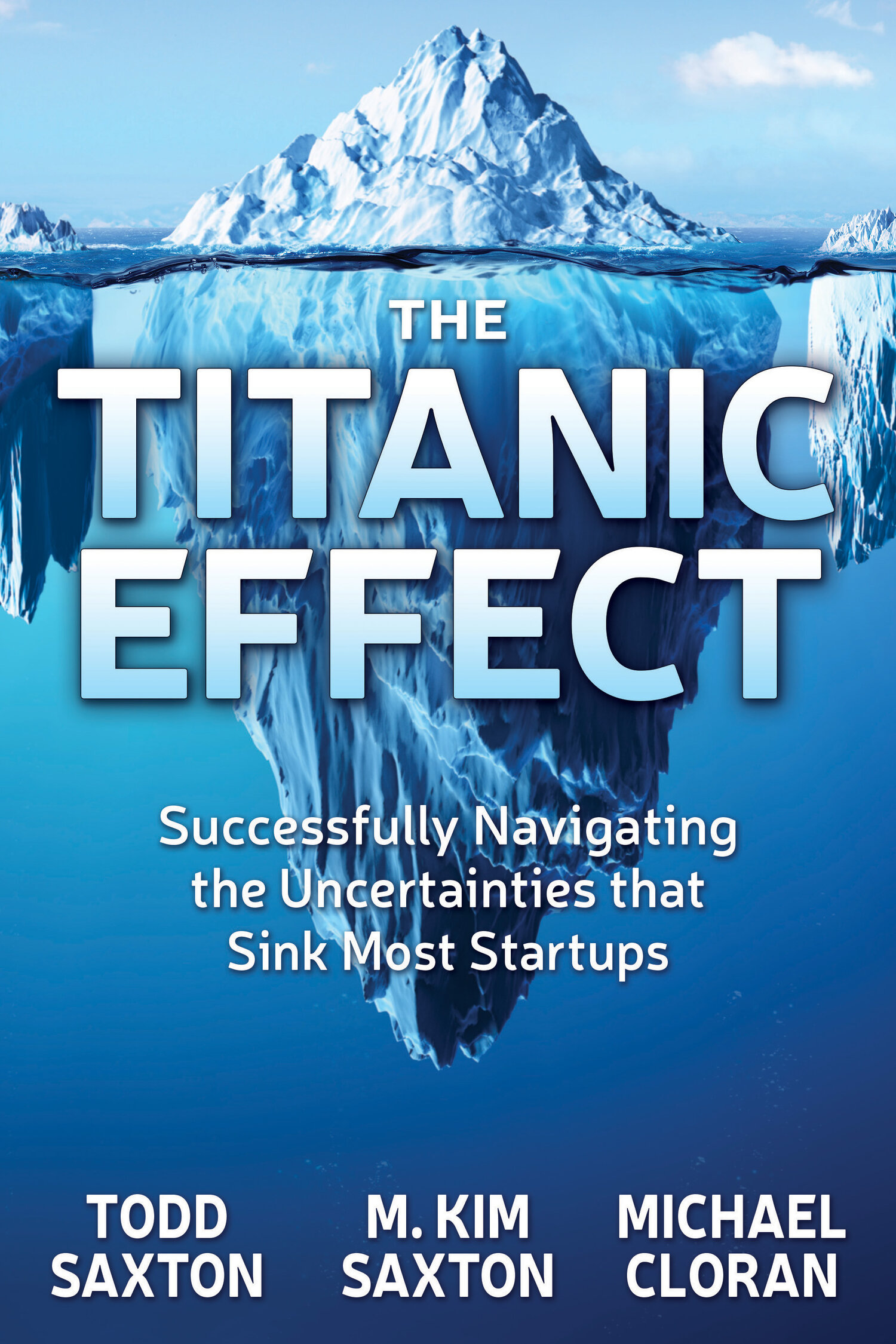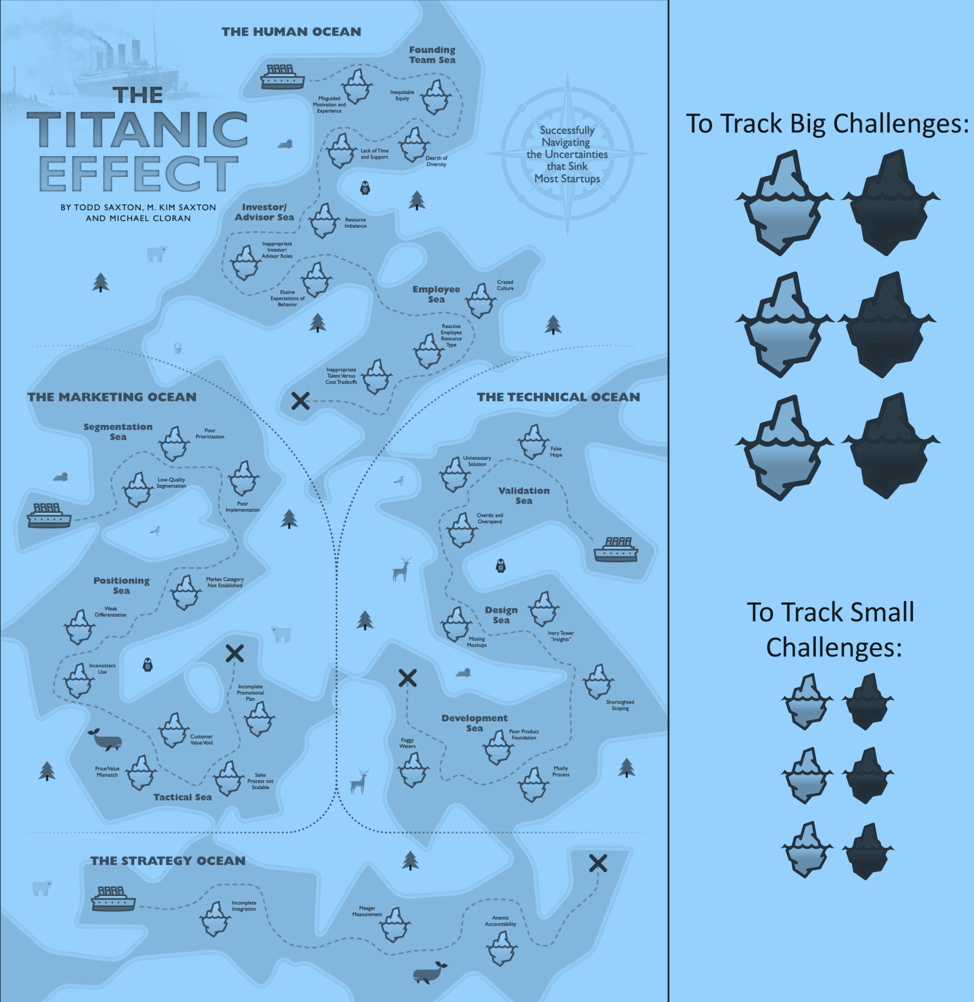The phrase “quid pro quo” seems to be getting a lot of press these days. In simple terms quid pro quo is a favor for a favor, tit for tat, or according to Merriam-Webster “something given or received for something else.”
Quid pro quo has very different connotations in different contexts. The degree of specificity of the exchange may be very explicit in terms of numbers or it can be less specific:
· Loans. I’ll loan you this money for 10% interest paid back over 3 years
· Behavior. I’ll help you move this weekend if you let me use your boat next weekend
· Negative. I won’t loan you this money unless you help me with another favor
When there is more certainty about the terms and the associated behaviors, quid pro quo can be explicit, specific and even transactional. At the same time, quid pro quo can also be implied and/or less specific. I will help you and we both know that I may call on you for an unnamed favor in the future, or not. But, I am going to help you know anyway.










